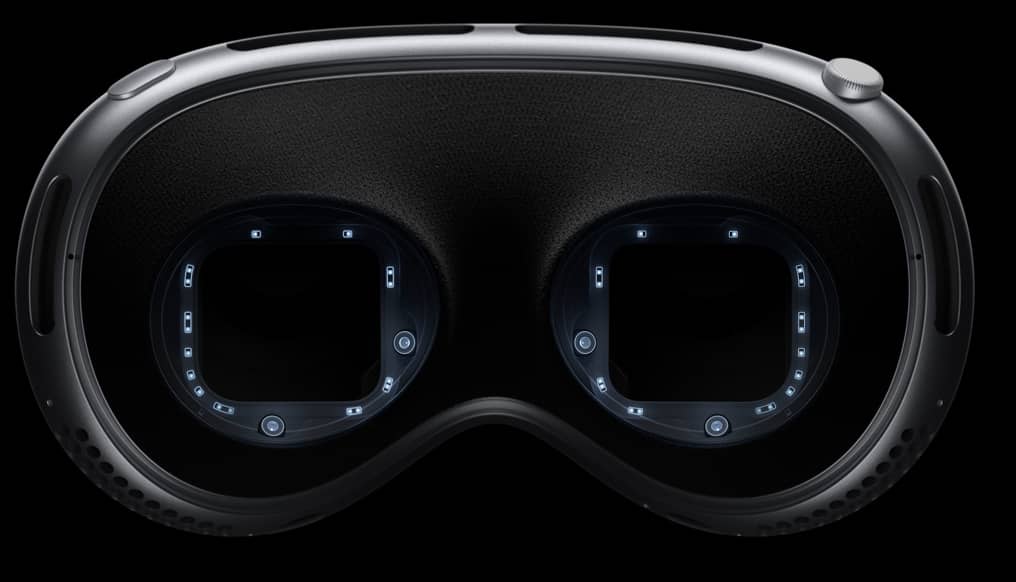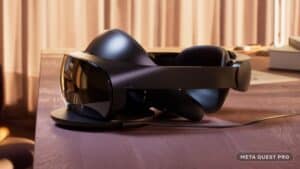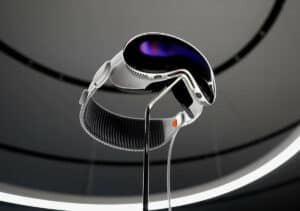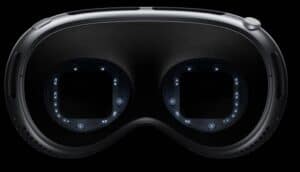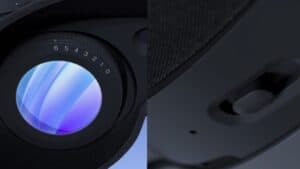Apple Vision Pro resolution estimation
The Apple Vision Pro features 23 million pixels, delivering more pixels than a 4K TV per eye
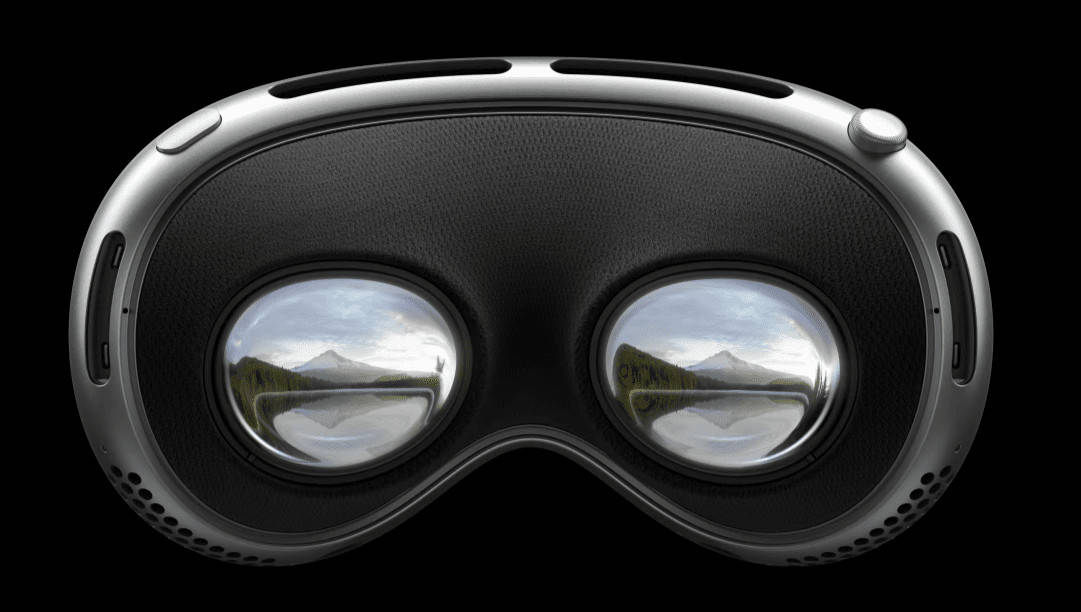
WePC is reader-supported. When you buy through links on our site, we may earn an affiliate commission. Prices subject to change. Learn more
The Apple Vision Pro AR headset has just been announced and it looks like the must-have bit of tech for anyone that can afford the steep asking price. Despite the cost, the Vision Pro looks sublime, offering a wide range of tantalizing features and use cases. During the WWDC keynote, Apple stated the Vision Pro features 23 million pixels, with each eye having more pixel density than a 4K TV. The math’s add up but what is the Vision Pro’s resolution?
Apple Vision Pro resolution estimation
Apple didn’t really divulge in any specifics around resolution, aspect ratio or FOV but we can certainly estimate a rough resolution and spoiler alert, it isn’t 3.5x more than the Quest Pro (reflecting price). Each Micro-OLED display looks set to offer around 11.5 million pixels, roughly 3.2 million more than your generic UHD 4K TV. However, image clarity is yet to be determined – especially when you factor in pixel density and the total distance between yourself and the screen/lens. From the image below, it looks as though we approximately have a 1:1 square, which would give us a resolution estimate of 3391 x 3391 per eye.
By comparison, the Meta Quest Pro has a resolution of 1800×1920, which is roughly the same as the Meta Quest 2. The Quest Pro offered a slightly higher pixel density per eye (total around 7 million) over the Quest 2 and is considered one of the best MR headsets available.
It looks as though the Apple Vision Pro could become one of the greatest VR headsets in town, offering some of greatest picture clarity on the market but is that enough to justify its cost? The hardware behind this augmented reality device is Apple’s M2 chip. This processor powers the visionOS operating system and is set to launch early next year. The wide colors, high dynamic range, and OLED display makes it a very attractive option. The innovation behind this mixed reality headset is fantastic, in what Apple dubs “spatial computing” for those that seek to improve how they work and gamers alike. It will seamlessly interact with your iPhone, Mac, and other devices. The advanced spatial audio system will give you something quite special no matter if you are looking to play Apple arcade games, watch your favorite TV shows, or movies. With the user being the input (eyesight, hand gestures, voice), we cant wait to see how this works and reviews in the future.

